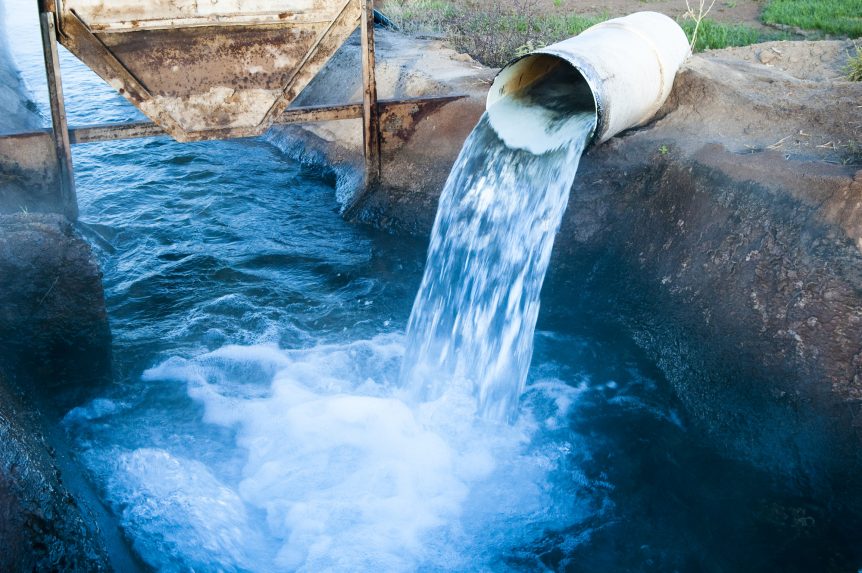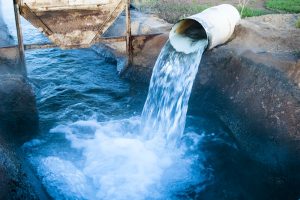Many agricultural regulations are implemented as a safety mechanism to help provide some measure of protection to the environment. These efforts generally provide a public good to the community at large. However, farmers and ranchers are responsible for covering the cost of compliance with these types of regulations. Professor of Agribusiness at Cal Poly San Luis Obispo, Lynn Hamilton suggests that more public support is warranted in helping producers cover these costs.
“From the public good perspective, a lot of these regulations deal with clean air, clean water, endangered species habitat. These of course are all important implications for society,” Hamilton explained. “Growers are being asked to go to pretty extensive lengths to comply with these regulations, but they have to, in most cases, take on the entirety of the cost.”
Research has shown the cost to comply with agricultural regulations in areas of California has increased 265 percent from 2012 to 2018. That figure represents regulations that include those designed to protect consumers as well as agricultural workers. However, many of the regulations such as the Sustainable Groundwater Management Act are intended to protect a public resource. In some instances, there are local, state, and federal programs available to help producers cover the cost of regulatory compliance. Even with cost-sharing initiatives, farmers are still being mandated to implement costly practices and technologies.
“If we’re really interested in providing a viable, healthy, agricultural industry, the government also needs to take some effort to provide more help to the growers to help them comply,” Hamilton noted. “Because this regulatory environment is getting very burdensome in this state.”
Most other industries have the ability to pass increased regulatory costs onto consumers in the form of higher prices. The same is not true with agricultural regulations. Hamilton points out that farmers and ranchers are in a tough position. The cost of regulatory compliance is far outpacing any increases in prices that producers see in the market.
“When a grower has to absorb more costs for chipping their trees, or watering the roads to keep the dust down, or sending in tests for their wells to third-party consultants, that might cost hundreds or even thousands of dollars. They have to absorb those costs,” said Hamilton. “They don’t have any influence on what price they get in the market. So those increased costs can heavily cut into their profit margin.”











